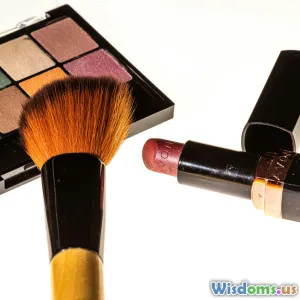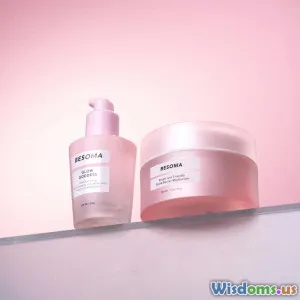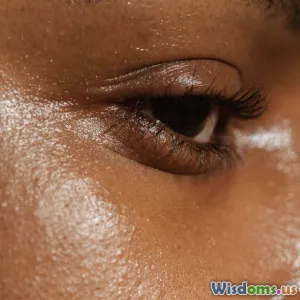
The Science Behind Trending Skincare Product Launches
37 min read Explore how evidence, formulation chemistry, and consumer psychology power trending skincare launches—covering actives like retinol, peptides, and niacinamide, trial design, claims substantiation, and ethical marketing. (0 Reviews)
The splashiest skincare launches rarely begin with a hashtag. They begin in a lab, where chemists and biologists translate skin physiology into formulations that stay stable, feel elegant, and deliver measurable results. The reason a bottle ends up all over your feed is not random virality. It is a convergence of data, delivery science, rigorous testing, savvy packaging, and credible communication. Understanding that engine turns you from a scroller into a smart evaluator, able to separate signal from noise.
Below, we pull back the curtain on the science behind trending skincare products and offer a practical way to judge what deserves a spot on your shelf.
Why some skincare products explode in popularity

The anatomy of a trend blends biology, behavior, and business. Launches that explode typically check five boxes at once:
- Visible change within one to four weeks that can be shared through before and after photos. Texture smoothing from exfoliants, glow from vitamin C, and pore clarity from salicylic acid are classic examples because phones capture them easily.
- A fresh hook in mechanism or format. Think retinal serums wrapped in slow release capsules, or mineral sunscreens that self adjust tint to reduce white cast across skin tones.
- Elegant skin feel. Consumers love immediate sensorial rewards. Silky silicones or gel networks that break into water on contact can convert a one time swipe into habit.
- Claims that sound specific and testable. Hydration up by a defined percent, fine lines reduced by a measurable amount, or SPF certified under a named standard signal seriousness.
- Social proof from credible voices. Dermatologists, estheticians, and cosmetic chemists explaining a product’s why and how shorten the trust gap.
There is a data layer under the buzz. Brands instrument their launches with sampling cohorts, waitlists, and content performance dashboards. They watch not just likes but watch time on routine videos, save rates on ingredient explainers, and conversion lag between education and purchase. The most successful products align a legitimate technical edge with messages that are frictionless to explain and show.
What your skin actually needs
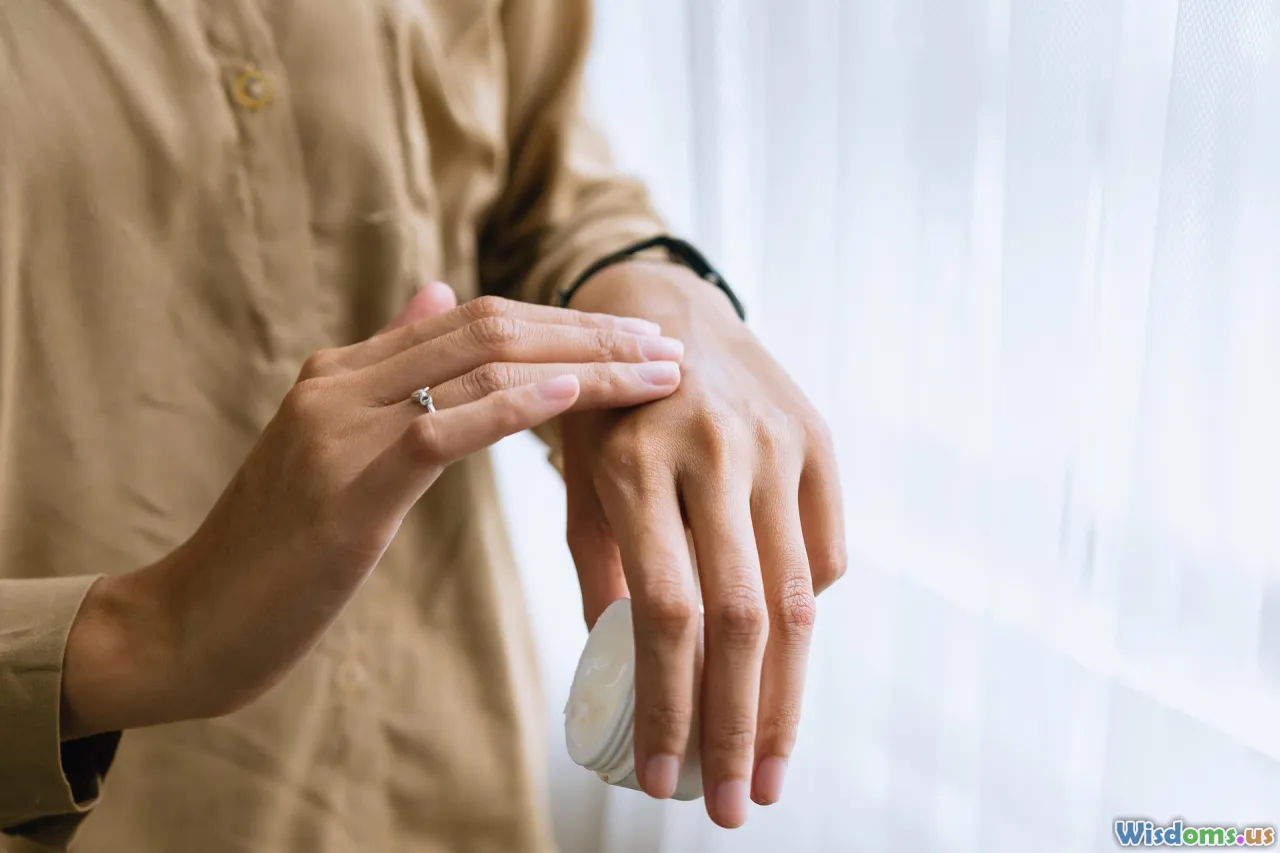
Despite the thousands of SKUs, skin has a small set of fundamental needs. When you hear claims, map them back to these essentials:
- Maintain a resilient barrier. The stratum corneum is a brick and mortar structure, where corneocytes are bricks and intercellular lipids are mortar. Those lipids are primarily ceramides, cholesterol, and free fatty acids in roughly equimolar proportions. Barrier health is indexed by transepidermal water loss, also called TEWL.
- Optimize hydration. Natural moisturization factors like amino acids and urea bind water inside corneocytes. Humectants such as glycerin and hyaluronic acid support this, occlusives reduce evaporation, and emollients smooth the surface.
- Manage pH. Most facial skin sits in a mildly acidic range around pH 4.7 to 5.5. Formulas that respect that range support enzyme function and microbiome balance; very low pH has a use for controlled exfoliation.
- Calm microinflammation. Redness, stinging, and reactivity often tie back to barrier disruption and irritants. Reducing triggers and fortifying lipids matters as much as adding actives.
Brands that trend often translate these facts into clear routines: a non stripping cleanser, a targeted serum, a barrier building moisturizer, and diligent sunscreen. When a new product fits one of these jobs with superior delivery or feel, it can legitimately displace a favorite.
Actives that drive trends and the support behind them
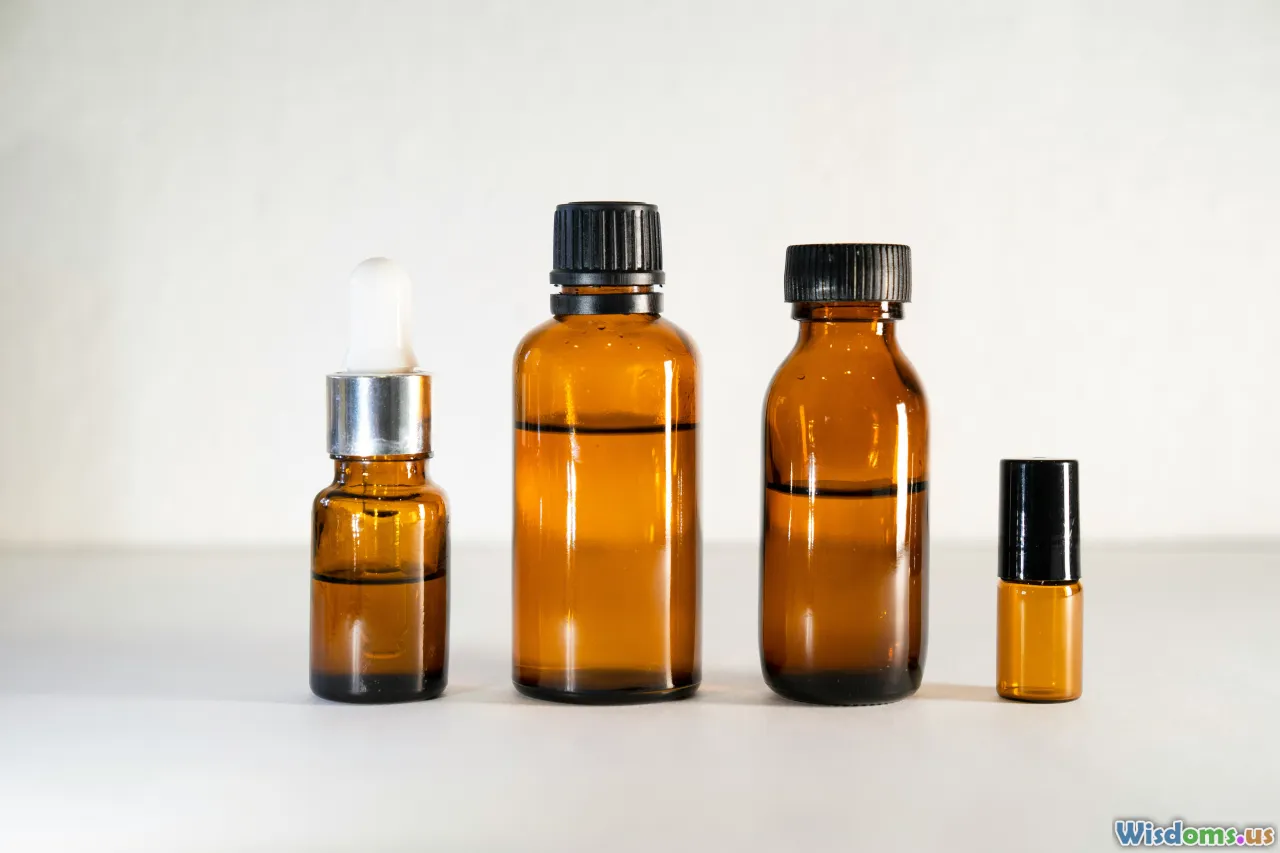
The ingredients below consistently sit at the center of successful launches, along with realistic use levels and constraints:
- Vitamin C in the L ascorbic acid form. Potent antioxidant and brightener. Most effective in water based serums at low pH, typically under 3.5, with concentrations commonly from 10 to 20 percent. Pairing with ferulic acid and vitamin E helps slow oxidation and improves photoprotection in daylight. Derivatives like sodium ascorbyl phosphate or 3 O ethyl ascorbic acid trade raw potency for better stability and higher pH compatibility.
- Retinoids. Retinyl esters are gentler but require more conversion; retinol is the workhorse in over the counter products around 0.1 to 1 percent; retinaldehyde sits one step closer to the active retinoic acid and is often used between 0.05 and 0.1 percent in modern formulas; prescription retinoic acid is regulated as a drug. Encapsulation and time release can reduce irritation without neutering effect.
- Niacinamide. Multi tasker for barrier support and tone appearance, commonly 2 to 5 percent. It pairs well with humectants and ceramides for daily use.
- Hydroxy acids. Glycolic and lactic acids at consumer levels around 5 to 10 percent with pH 3.5 to 4 for leave ons, and salicylic acid at 0.5 to 2 percent for oil soluble pore decongestion under acne drug monographs in some markets. Polyhydroxy acids like gluconolactone are gentler options that retain humectancy.
- Azelaic acid. A dicarboxylic acid with a soothing, tone evening profile; 10 percent cosmetic formulas are common in many markets.
- Peptides. Signal peptides like palmitoyl tripeptide 1 and palmitoyl tetrapeptide 7 are often combined in moisturizers. Copper peptides garner interest for tone and firmness appearance. The nuance is delivery and realistic expectations, as these are large molecules with limited passive penetration.
- Ceramides and fatty acids. Barrier formulas often include a blend of ceramides, cholesterol, and linoleic rich oils to mimic stratum corneum lipids. The success of these products is tightly linked to emulsion structure and lamellar organization, not just the ingredient list.
- Tranexamic acid. Often used at 2 to 5 percent in serums aimed at tone irregularities.
- Caffeine, centella asiatica extracts, panthenol, and allantoin. Supportive actives that improve comfort, especially in eye and barrier products.
If a launch leans on a lesser known ingredient, look for an explanation of mechanism and context: solubility, compatible pH, and whether it is best in water or oil. Honest positioning beats miracle talk.
Delivery tech that turns actives into results
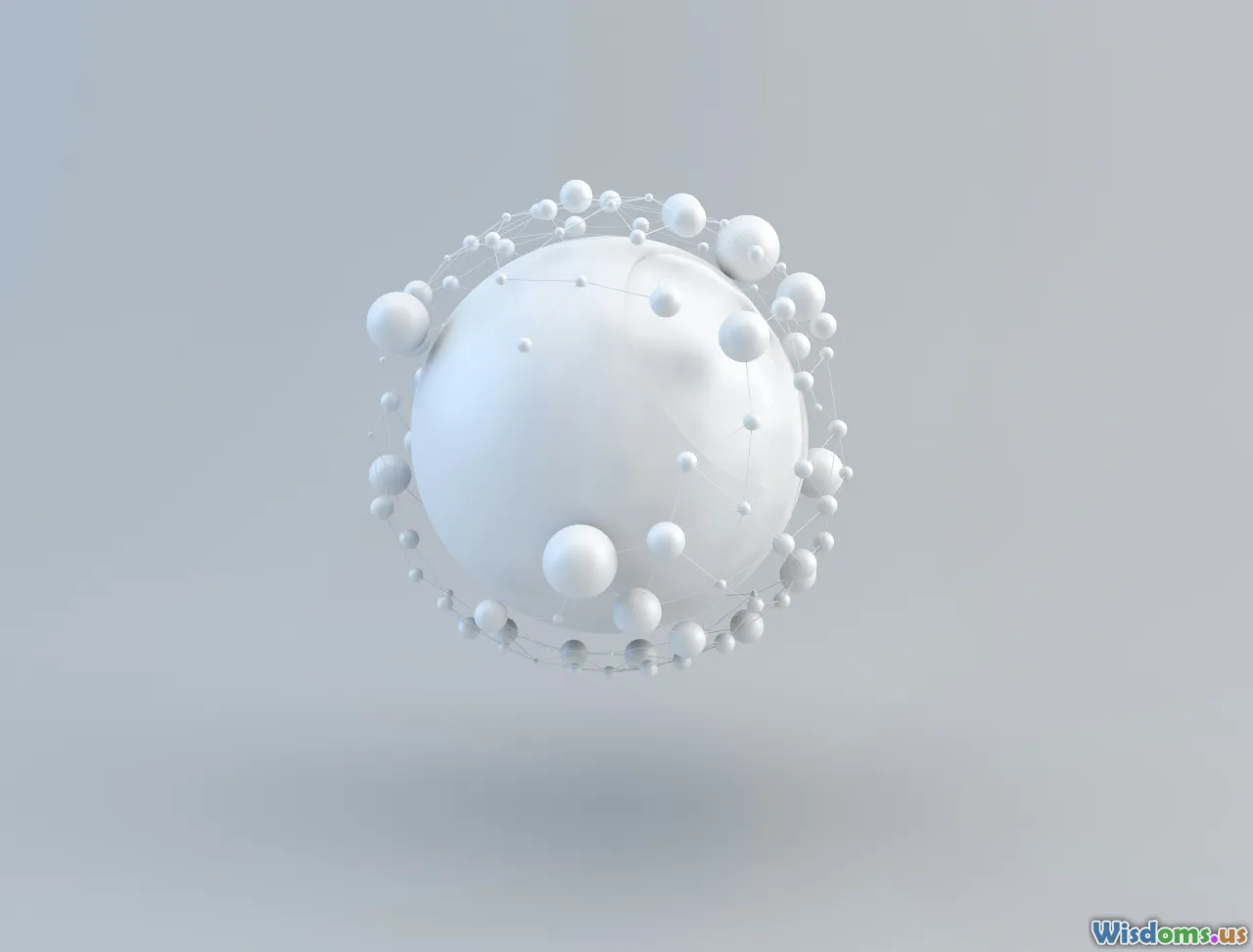
A modern formula is more than a bucket list of actives. Delivery and protection systems can be the difference between showing up or washing off in vain.
- Encapsulation. Liposomes, niosomes, and polymeric microspheres can enclose sensitive actives like retinal or ascorbic acid to slow oxidation and release payloads gradually. Solid lipid nanoparticles offer an occlusive micro environment that supports penetration and reduces irritation.
- Cyclodextrins and inclusion complexes. Ring shaped carbohydrates can hold volatile or unstable actives, keeping them intact until rubbing and heat during application disrupt the complex.
- pH and solvent strategy. L ascorbic acid needs low pH water systems; retinol dissolves better in certain emollients and alcohols. Propanediol and butylene glycol can help solubilize some actives without heavy sting.
- Penetration tuning. Emulsions that form lamellar gel networks place water and oil in alternating sheets, mimicking skin lipids and improving residence time. The right occlusives increase absorption while minimizing stickiness.
- Time release. Crosslinked polymers and film formers trap actives and meter them out over hours. This is a common path to making higher strength acids or retinoids more tolerable.
When a brand calls its product microencapsulated, the proof is in analytical data and sensorial experience. Colors that do not oxidize in days, a gentle feel at meaningful strengths, and sustained results over a full diurnal cycle suggest the delivery is real.
Formulation engineering and the hidden work of stability
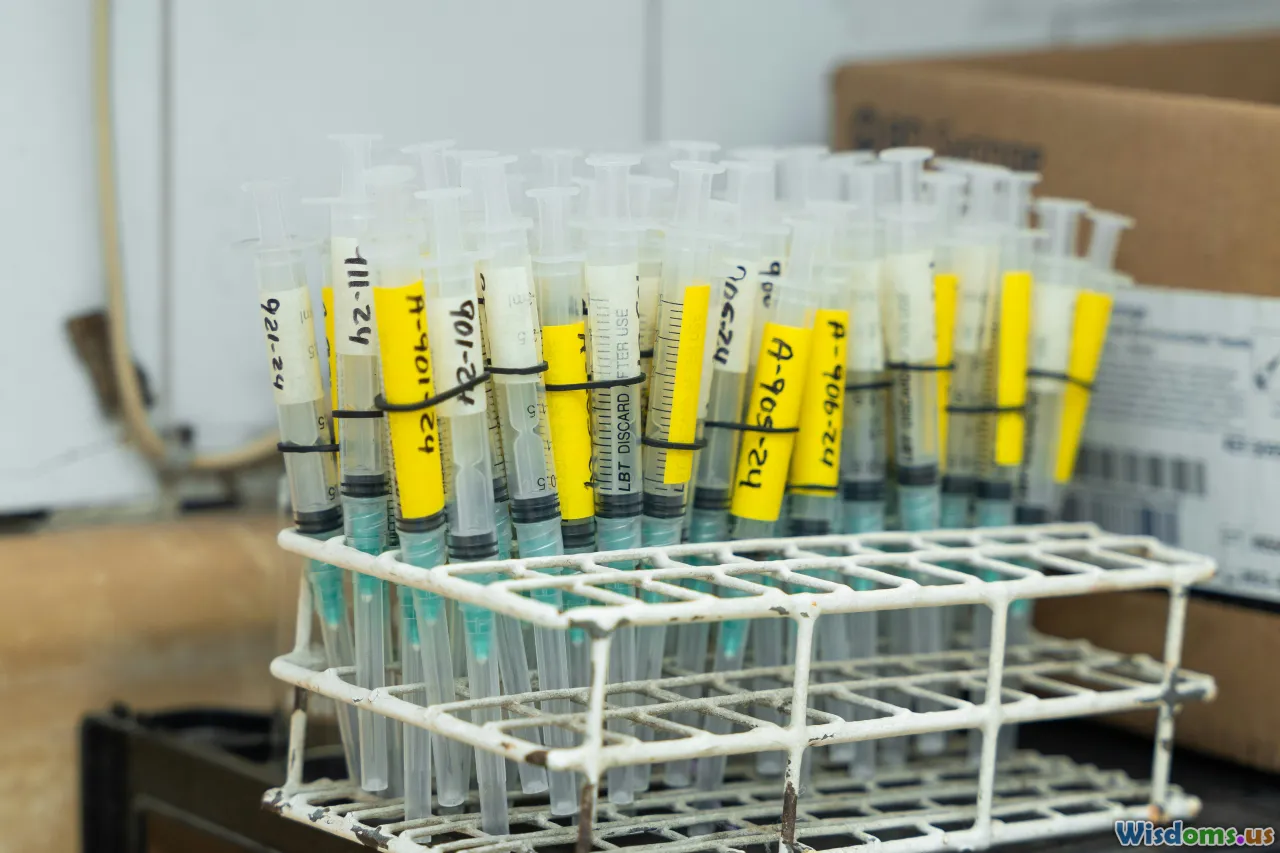
A trending product that survives the glare must stay safe and effective from fill to empty. That depends on meticulous formulation engineering and stress testing.
- Emulsion architecture. Oil in water emulsions support lightweight serums and lotions; water in oil emulsions enhance water resistance and occlusion. Lamellar emulsions mirror stratum corneum structure and can boost barrier comfort.
- Rheology and feel. Carbomers, acrylates crosspolymers, and associative thickeners create the desired flow and pickup. Thixotropy, the property that makes a gel loosen as you rub and set again at rest, gives an elegant break and reduces pilling.
- Stability protocols. Accelerated stability often uses 40 degrees Celsius and 75 percent relative humidity for weeks, plus freeze thaw cycles and centrifuge tests. Products are tracked for pH drift, odor changes, color shift, viscosity changes, and phase separation.
- Oxidation control. Antioxidants such as tocopherol, BHT, and ascorbyl derivatives, plus chelators like EDTA, reduce metal catalyzed oxidation. Avoiding iron contamination from pigments or equipment is a recurring task.
- Preservative efficacy. Formulas with water are challenged with microbes in lab tests such as ISO 11930 to verify they can suppress growth over time, without relying on harsh levels. In contrast, anhydrous balms may need less preservative but still require clean manufacturing and compatible packaging.
- Water activity. Lowering available water through humectant balance or anhydrous formats can naturally suppress microbial growth while preserving skin feel.
Formulas that trend because they crash through quality bottlenecks often solved one of these difficult issues in a fresh way, such as keeping 15 percent L ascorbic acid clear and comfortable for months or creating a water resistant mineral sunscreen that glides evenly without chalky buildup.
How claims are tested and what the numbers really mean
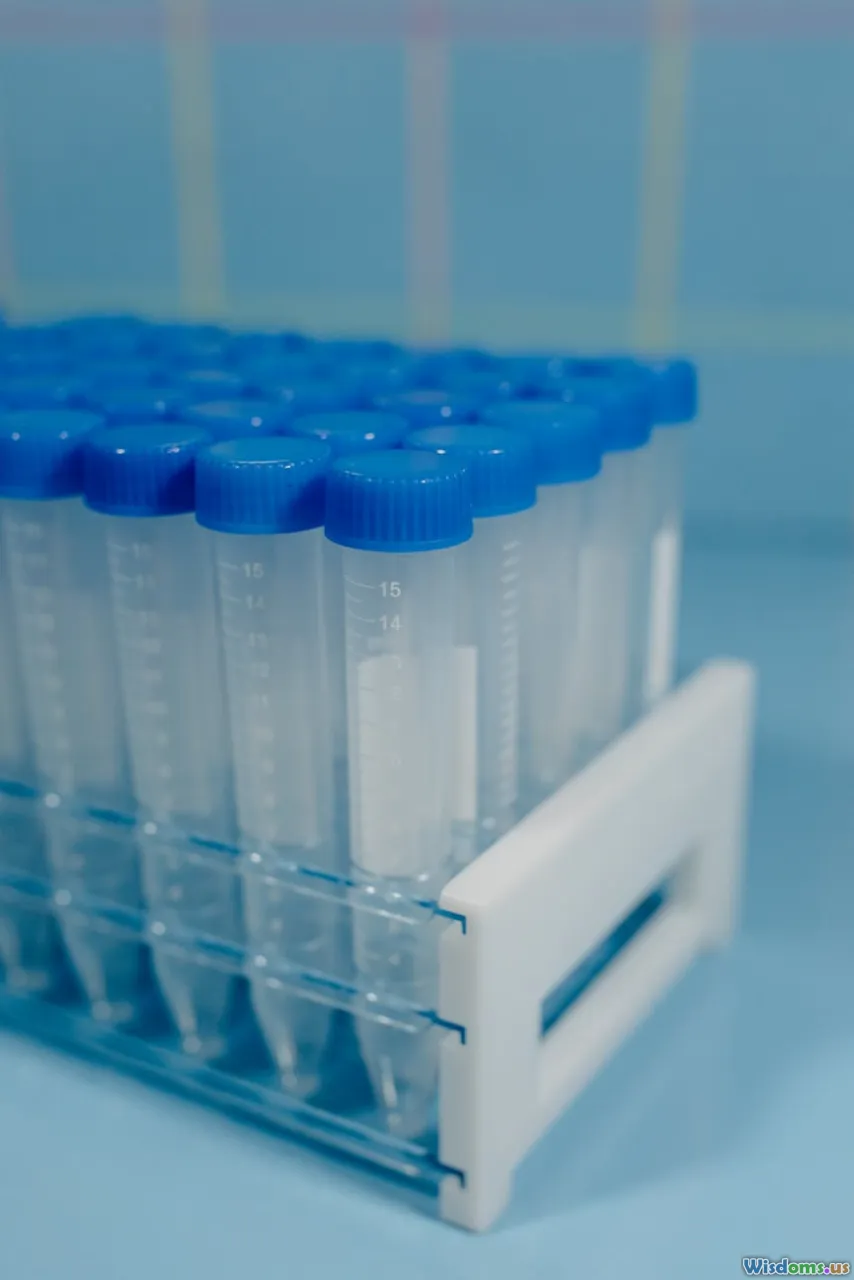
Claims that stick are the ones that can be measured under controlled conditions. Here is what sits behind the most common statements:
- Hydration up by a certain percent. Commonly measured by corneometry, which detects changes in skin capacitance linked to water content. Strong moisturizers show an immediate bump and sustained elevation over hours.
- Barrier strengthened. TEWL devices measure the water vapor escaping through skin. Effective barrier formulas drive that number down across weeks relative to baseline.
- Fine lines reduced. Profilometry and high resolution imaging quantify changes in wrinkle depth and roughness over time. Elasticity can be measured by a cutometer that gently suctions the skin to see how fast it rebounds.
- Tone and redness. Colorimeters record changes in L a b color space, while imaging software tracks pigmented spot area. For acne, lesion counts and sebumetry add detail.
- Consumer perception. Self reported surveys in blinded or open label trials reflect how participants feel about texture, comfort, and visible results. The percent of people who agree with a statement is useful but should be paired with instrumental data.
Look for disclosures about sample size, test duration, whether there was a control, and the standards used. Sunscreen claims reference specific global standards, covered below. For skincare claims, studies of 30 to 50 participants across diverse skin tones and types over four to eight weeks are common and credible. On packaging, a small superscript or footnote often points to the study design.
The sunscreen exception and why it is a science project of its own
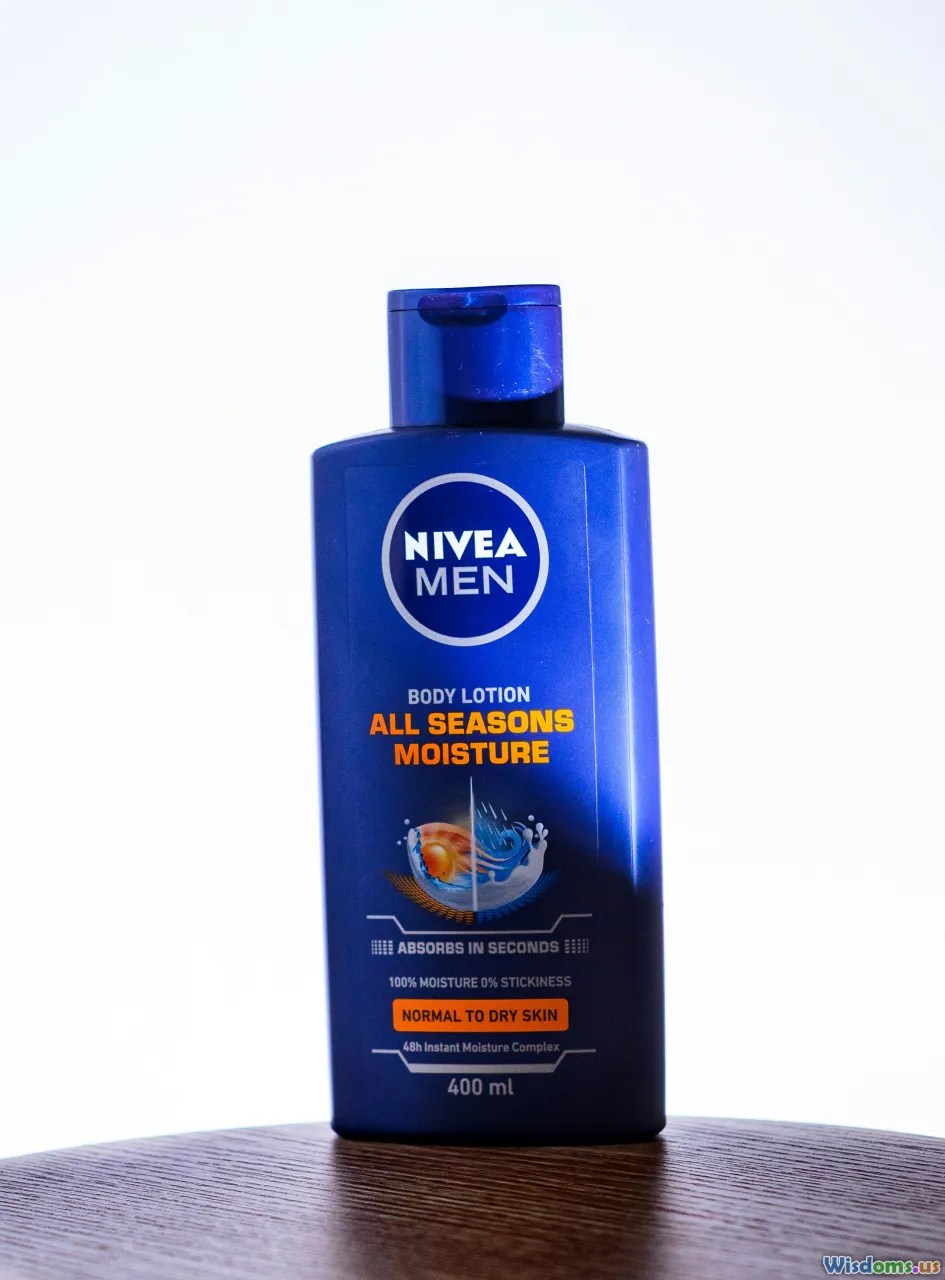
Sun care launches trend often because they solve real discomfort and compliance issues, but they do so under stricter scientific rules.
- Filters and coverage. Organic filters like avobenzone, octisalate, and octocrylene absorb UV, while inorganic zinc oxide and titanium dioxide scatter and absorb. In many markets outside the United States, newer filters like bis ethylhexyloxyphenol methoxyphenyl triazine and methylene bis benzotriazolyl tetramethylbutylphenol provide broad coverage with high photostability. Particle size and coating determine how mineral sunscreens look and feel; coated, submicron particles around 100 to 200 nanometers can lower white cast without drifting into inhalation risks.
- Stability and synergy. Avobenzone requires stabilization to maintain UVA coverage under light; octocrylene and other stabilizers assist. Encapsulating filters or adding film formers improves uniformity and reduces rub off.
- Testing. SPF is typically measured under standards such as ISO 24444 or regional equivalents, and UVA protection under ISO 24442. The European approach links the UVA protection factor to at least a third of the labeled SPF, while broad spectrum labeling in the United States relies on critical wavelength. Water resistance claims like 40 or 80 minutes reflect controlled immersion protocols.
- Visible light and tint. Iron oxides in tinted formulas can help reduce the appearance of hyperpigmentation triggered by visible light, especially in deeper skin tones. Trending mineral tints succeed when shade families are thoughtfully spaced to blend across undertones without ash.
A sunscreen that wins on social feeds almost always nails film formation, texture, and tone flexibility in addition to meeting rigorous testing. That kind of engineering often takes multiple lab series and long lead times for validation.
Microbiome and barrier narratives: separating signal from noise

Microbiome talk is everywhere, but in consumer skincare it usually translates to barrier friendly formulation and specific bioferments rather than live probiotics.
- Definitions in practice. Prebiotics refer to substrates like inulin and alpha glucan oligosaccharides that may support beneficial strains. Postbiotics are non living microbial fractions such as lysates or filtrates from lactobacillus or bifida ferment. Probiotics as live organisms are not common in mass market leave on products because of preservation and regulatory complexity.
- How it is tested. Brands may show in vitro data on cultured skin models or report diversity indices from sequencing studies. For everyday users, improvements in TEWL, comfort, and visible redness are more practical markers.
- Formulation choices that support balance. Mild surfactants, preservation systems that are effective yet gentle, and pH alignment with the skin’s acid mantle all reinforce a stable habitat. Heavy handed antimicrobial approaches can backfire.
If a launch claims microbiome friendliness, look for clear explanations and compatibility with your routine. Barrier supportive moisturizers with ceramides and ferment filtrates tend to deliver the practical benefits that microbiome marketing implies.
Packaging, light, and oxygen: the unseen variables

Packaging is not a cosmetic afterthought. It is chemistry’s wingman.
- Oxygen control. Airless pumps, nitrogen flushing, and minimal headspace slow oxidation in actives like L ascorbic acid and retinol. Droppers are aesthetically pleasing but invite oxygen and contamination if used casually.
- Light exposure. Opaque and UV protective packaging preserves light sensitive molecules. Amber glass helps, but multi layer plastics with barrier layers such as EVOH often outperform on drop resistance and travel safety.
- Interaction and leachables. Certain actives and solvents can extract components from packaging. Compatibility testing ensures no loss of performance or off odors over shelf life.
- Real life habits. Leaving a cap off in a steamy bathroom accelerates degradation. Trend leaders often design packaging to reduce user error, with one way valves, twist locks, and metered doses.
Watch for product lines that match sensitive formulas with appropriate packages. A stabilized vitamin C in a clear dropper bottle is a red flag unless the brand discloses a convincing stabilization system and real world stability data.
Regulations and claims vary by market and shape launches
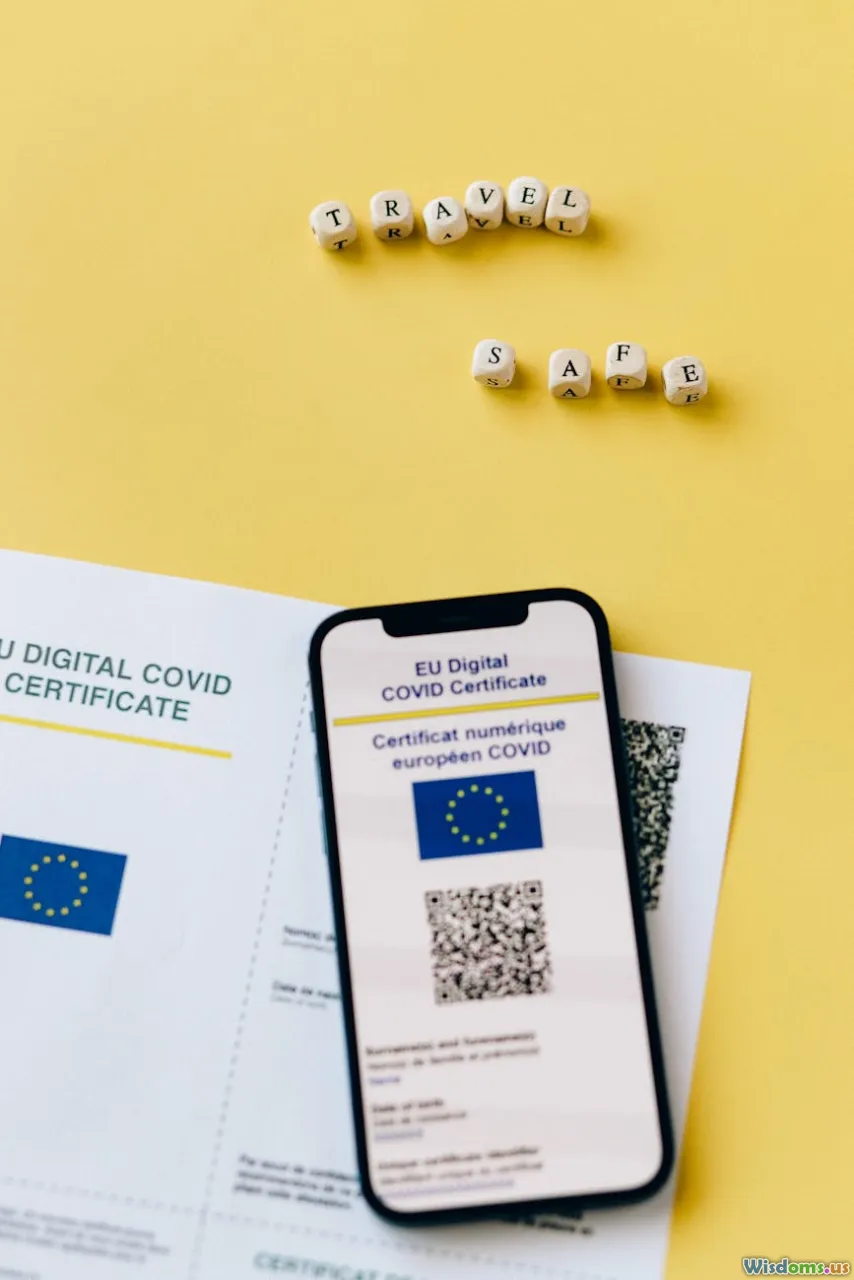
The regulatory map drives both what can be sold and how it is described.
- Cosmetic versus drug. In the United States, most skincare is regulated as cosmetics, but acne treatments with salicylic acid and sunscreens are over the counter drugs and must meet monographs and testing. In the European Union, cosmetics regulation 1223 2009 governs safety with a product information file and responsible person designation.
- Claim standards. Sunscreens reference specific test methods on pack. Broad cosmetic claims must be truthful and supported, and many companies follow harmonized guidance to avoid misleading statements. Hypoallergenic is not a defined legal term in all regions, so responsible brands support it with repeat insult patch tests and transparency.
- Ingredient allowances. Fragrance allergens have disclosure thresholds under IFRA guidelines. New UV filters appear faster in the EU and other regions than in the United States, which shapes global sunscreen portfolios. Natural origin indices like ISO 16128 help standardize how nature derived a formula is without implying safety by default.
- Market entry rules. Regions differ in dossier requirements and animal testing bans or exceptions. Several markets accept safety assessments and non animal tests for most general cosmetics, with stricter regimes for special categories.
When a launch is global or when a US product touts an EU only filter, that gap is not hype; it is a real regulatory difference.
Building a launch with data instead of hype

From concept to viral video, the path is longer and more structured than it looks on screen.
- Timeline. A credible launch often runs 9 to 18 months. That arc includes early lab batches, stability stress tests, pilot scale manufacturing, packaging compatibility, and claims testing over 4 to 12 weeks. Sunscreens add more months for formal testing and review.
- Iteration. Chemists juggle conflicting goals: higher active load versus irritation, lighter feel versus robust preservation, minimal white cast versus high UVA coverage. Dozens of bench samples may die in centrifuges before one meets the brief.
- Seeding and feedback. Pre launch programs place lab samples with dermatologists, estheticians, and engaged community members for wear tests. Texture preferences, scent thresholds, and pilling tendencies inform last mile tweaks.
- Inventory discipline. Packaging minimum order quantities and manufacturing slot availability force choices. You will often see shade extensions or strength variants later because the brand staged investment to manage risk.
The most persuasive marketing creatives are rooted in that lab story. Diagrams of encapsulation, graphs from corneometry curves, and time lapse footage of oxidation control both educate and convert.
How to evaluate any trending skincare product: a practical checklist

Use this simple process to audit a buzzworthy formula before you buy.
- Define the job. Hydration, barrier repair, exfoliation, tone, or UV protection. One product cannot do all jobs at once without tradeoffs.
- Scan the actives. Are there well supported ingredients at plausible ranges for the format. Examples:
- A water based vitamin C serum with L ascorbic acid typically lists it early in the ingredient list, includes ferulic acid and vitamin E, and states low pH. Derivatives belong in different pH ranges and often benefit from co solvents.
- A retinoid serum clarifies which retinoid it uses and how it manages irritation reduction. Encapsulation, lower start strengths, or buffers signal care.
- An exfoliant discloses acid percent and pH. A 5 percent to 8 percent glycolic or lactic acid at around pH 3.5 to 4 is common for leave on use. Salicylic acid sits in the 0.5 to 2 percent range and is oil soluble.
- Look for delivery and protection. Is there encapsulation, lamellar structure, or time release explained. Are there antioxidants and chelators for oxidation prone actives.
- Check packaging fit. Opaque, airless, and tight sealing for light and oxygen sensitive products. Thoughtful dispensers for viscous textures that otherwise trap air.
- Claims and testing. Do you see mention of instrumental tests like TEWL, corneometry, or profilometry and realistic time frames. Consumer perception data is useful but not sufficient alone.
- Compatibility with your routine. Consider interactions such as low pH vitamin C layered with sensitive skin regimens or retinoids used alongside strong exfoliants. Spacing and cycling can help.
- Safety for your skin type. Fragrance and essential oil sensitive users may prefer fragrance free formulas and patch test on the inner forearm or behind the ear for several days. Look for HRIPT or cumulative irritation test mentions when available.
- Price per use. Evaluate cost per milliliter and per active category. An elegant sunscreen you will actually reapply is better value than a cheaper one you avoid.
Two quick example audits:
- Vitamin C serum A in a clear dropper bottle claims 20 percent vitamin C and glowy skin. It lacks ferulic acid, has no chelator, and smells metallic after a week. Without stabilization details, the glow may fade in the bottle. Choice risk is high.
- Vitamin C serum B in an airless opaque pump lists L ascorbic acid with ferulic acid and tocopherol, states pH 3.2, and shows 8 week instrumental data on radiance. The brand explains packaging nitrogen flush. This is a stronger bet.
Sustainability and sensorial tradeoffs that influence science

Sustainability touches formulation and packaging choices in ways that change performance, cost, and feel.
- Waterless and solid formats. Bars, balms, and sticks avoid bulky water and can cut preservatives, but they need careful melting profiles and occlusive balance to avoid waxy drag. They also limit some water soluble actives.
- Surfactant sourcing. Shifting to readily biodegradable surfactants or those from certified sustainable palm can reduce footprint but may change foam, rinse, and mildness. Brands often blend gentle amphoteric surfactants with anionic cleansers to restore feel.
- Packaging material. Glass is recyclable and inert but heavy and breakable; plastics are lighter, more shatter resistant, and can have high barrier performance with multi layer structures but present recycling complexity. Airless systems often rely on mixed materials that trade recyclability for superior formula protection.
- Microplastics and opacifiers. Some markets restrict certain microplastic beads and film formers. Replacements exist but may influence slip and durability.
Launches that communicate the why behind these choices build trust. Expect to see lifecycle claims paired with honest notes on performance impacts and care instructions to get the most from the product you buy.
Red flags and myths to watch for in trending claims

A few patterns should trigger healthy skepticism:
- Absolute claims. Pore size elimination, permanent results, or irritation free for everyone ignore biology.
- Acid strength without pH. A label that touts 10 percent glycolic but hides pH could be far harsher than expected if it sits near pH 2. Responsible leave ons usually sit higher to balance efficacy and tolerance.
- Blue light miracles. Visible light considerations are real for pigmentation management, but all day device blue light protection claims without iron oxides or pigment are often more marketing than meaningful.
- Collagen in a jar equals more collagen in skin. Topical collagen is primarily a humectant. Claims should focus on hydration and appearance, not structural rebuilding.
- Magic botanicals with no context. Plant extracts can be useful, but look for standardized fractions, solvent information, and positioning within a coherent mechanism.
- Inconsistent stories. Stabilized vitamin C in a clear container with exposure to air, or retinoid products with heavy citrus fragrance in a routine meant for sensitive skin, suggest the system is not fully thought through.
Trust the products that explain limits as well as strengths. Science that admits nuance is science you can use.
Case notes on popular categories and what the science favors
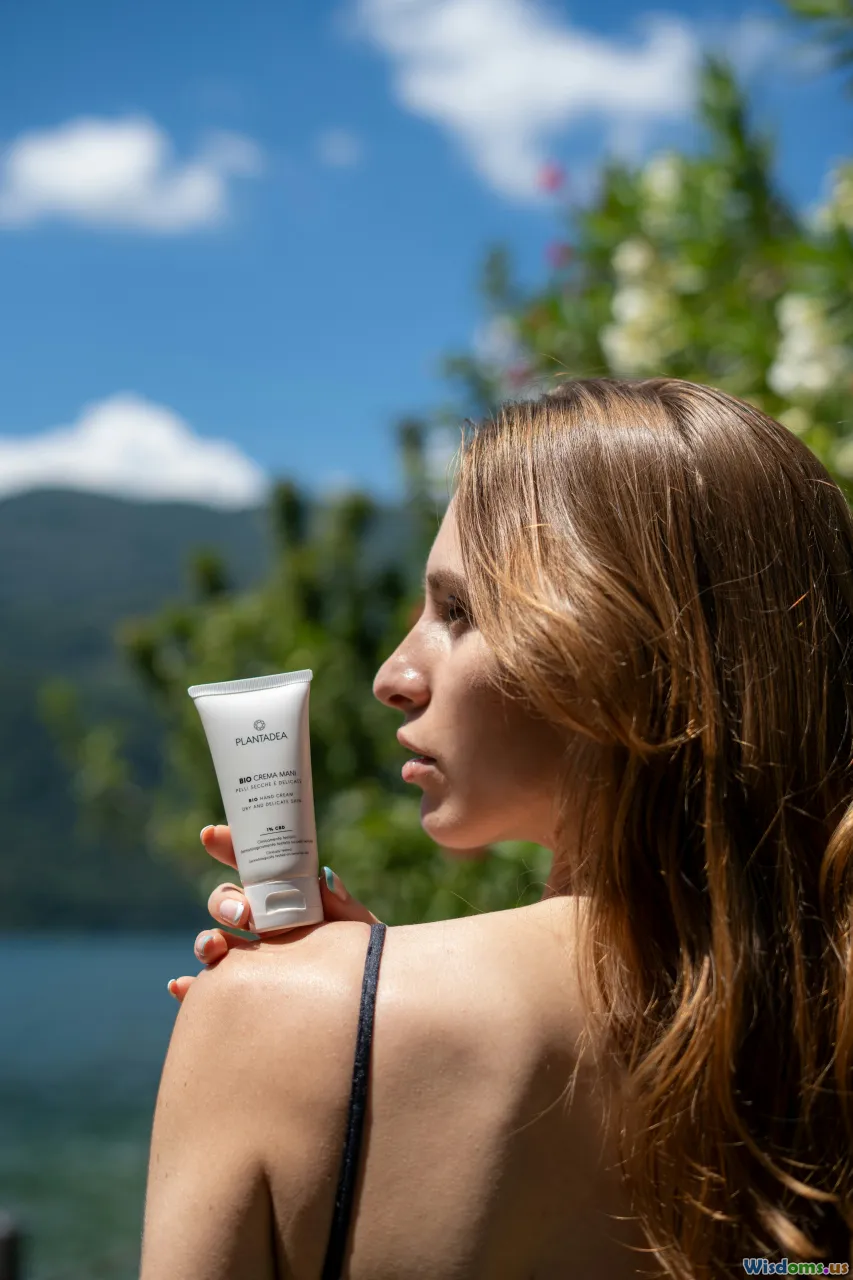
- Barrier creams. The standouts build lamellar emulsions and include ceramides, cholesterol, and fatty acids in proportions that approximate the intercellular lipid matrix. They use gentle preservation, sit near skin pH, and show TEWL reductions over weeks. Look for textures that feel cushioned rather than greasy, a sign of well built gel networks.
- Exfoliating toners. The more comfortable ones blend AHAs with polyhydroxy acids, include humectants like glycerin and saccharide isomerate, and buffer to pH around 3.5 to 4 for surface friendly action. They avoid strong fragrances that can sting when barriers are thinned.
- Retinoid serums. Modern formulas increasingly feature retinaldehyde at moderate strengths, wrapped in lipid microspheres or polymeric capsules. The supporting cast often includes bisabolol, panthenol, and medium chain triglycerides to lower sting while still allowing nightly use for many.
- Vitamin C daytime serums. Success correlates with low pH, ferulic acid, and tocopherol in airless or opaque packaging, or a highly stable derivative with clear conversion data and compatible pH. Oxidation control and user friendly feel separate the winners.
- Tinted mineral sunscreens. The best in class use coated zinc oxide, iron oxides for visible light management, silica treated pigments for slip, and film formers that survive light sweat. Shade flexibility and undertone sensitivity matter as much as filters. They often pair with glycerin and squalane to avoid chalky dryness.
These case notes hint at a theme. It is not about the trend word. It is about whether the formula expresses the job through good engineering and responsible testing.
Putting it all together in your routine
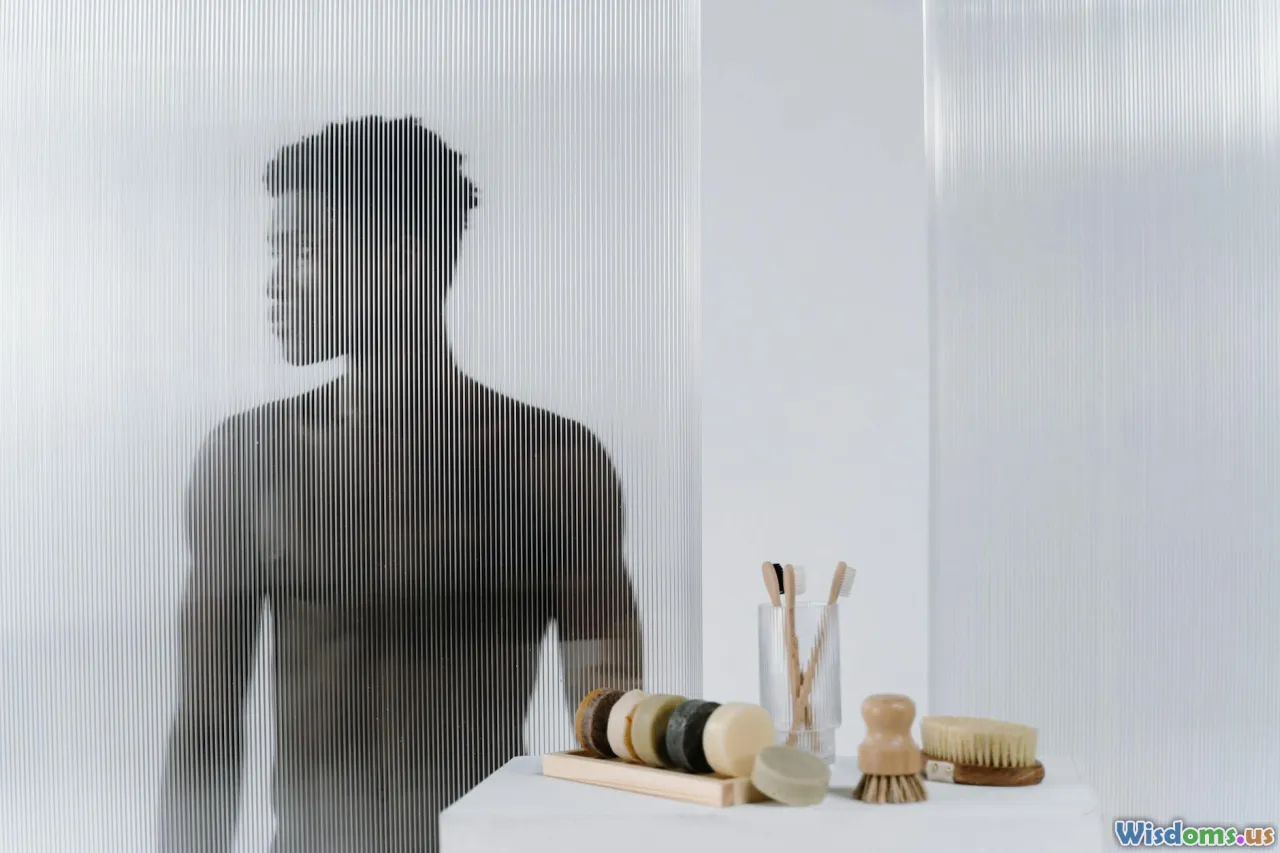
Two ways to apply this knowledge to your day to day routine and purchases:
- Build around jobs, not ingredients. Choose a gentle cleanser you enjoy, anchor daytime with a sunscreen you will apply generously and reapply, and slot in one targeted serum based on your primary goal. Rotate only one new active at a time so you can ascribe any change to the right source.
- Use timing and layering wisely. Low pH actives like L ascorbic acid and AHAs go best on clean, dry skin. Follow with barrier friendly moisturizers to buffer retinoids at night if you are new to them. Leave heavy occlusives as a last step in dry climates or under retinoids to help tolerance.
When a launch tempts you, revisit the checklist above. Does it solve a problem in your current set, or does it duplicate a job you already cover. If it solves a real problem with a more elegant texture, better packaging, or a more tolerable delivery, that is a strategic upgrade.
Trends can be fun. The science underneath can also be empowering. The next time a serum or sunscreen storms your feed, you now have the vocabulary to decode the mechanism, the questions to ask about testing and packaging, and the confidence to choose based on performance rather than promises. That is how you turn a moment of hype into a long term win for your skin.
Skincare K-Beauty Cosmetic Science Retinol Beauty Beauty Brands & Product Launches Clinical Trials Beauty Marketing Product Development Ingredient science Formulation stability Consumer testing Claims substantiation INCI labeling Niacinamide Peptides Ceramides Hyaluronic acid Microbiome skincare TikTok trends Dermatologist-tested
Rate the Post
User Reviews
Other posts in Beauty Brands & Product Launches
Popular Posts










